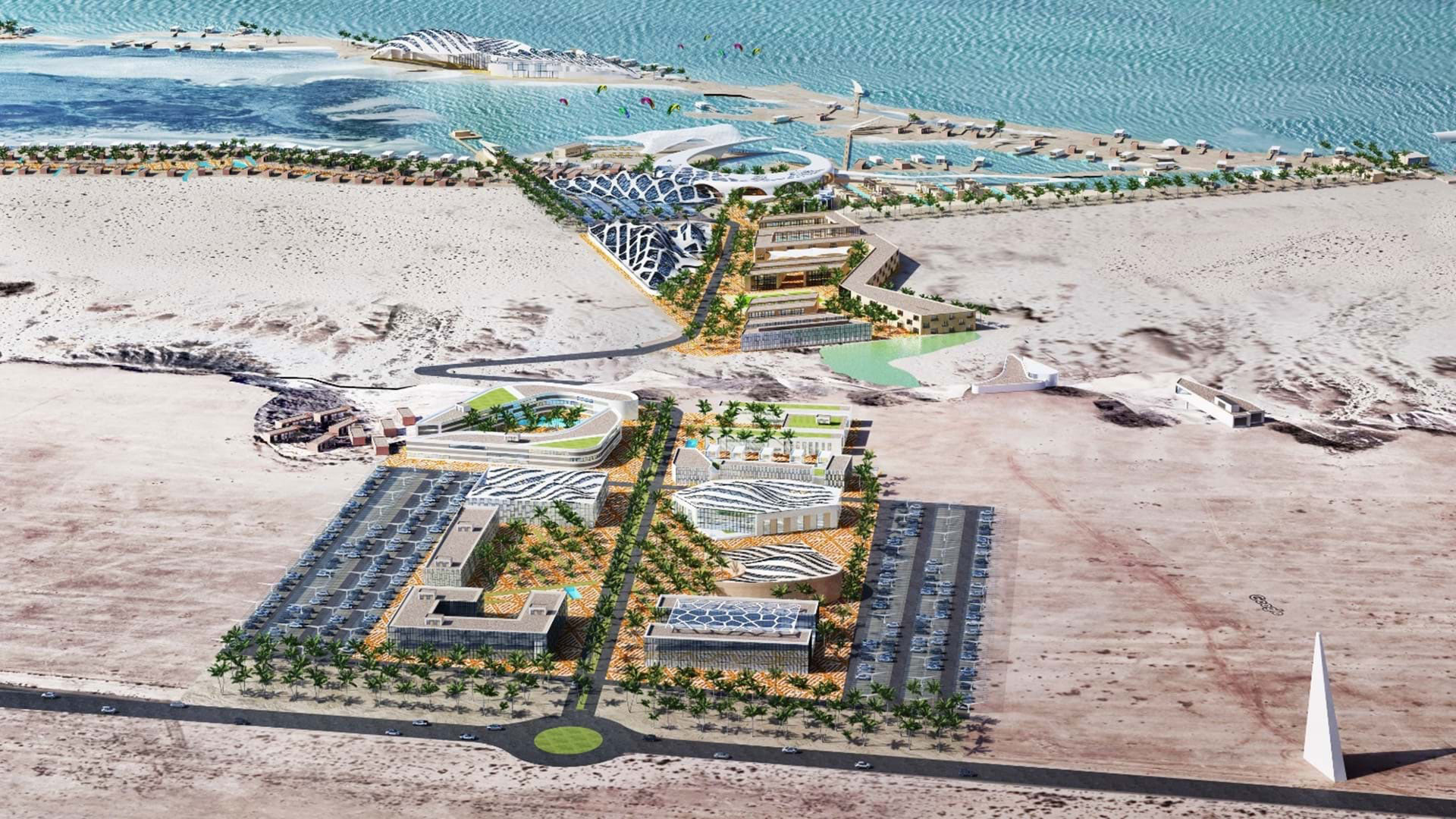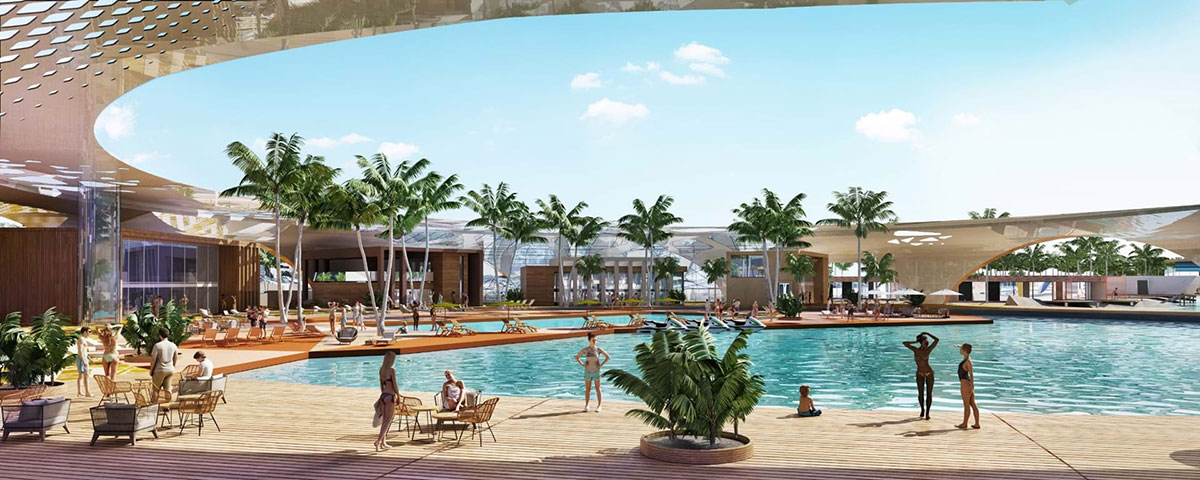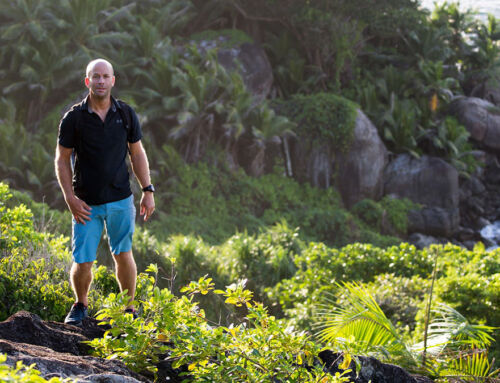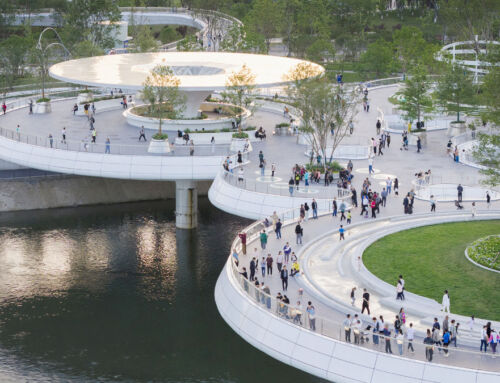Our attention has been drawn to the urban development and architecture project called Turtle Bay, a leisure and tourism destination of almost 3 km2, to be built in the interior of the bay of Dakhla, in the south of Morocco, on the Atlantic coast of Western Sahara. As presented by the architects Scott Bronwrigg, it is an “eco-wellness and sports tourism destination”. Or, in other words, “a rich composite of mixed uses that includes (…) visitor and community facilities (…), with a robust sustainable agenda”. But let’s look at how and why.
Turtle Bay is a project located between the desert and the sea, with a “clear contemporary architectural language” and a unique landscape, sports and cultural “genius loci”. By genius loci, Scott Bronwrigg Architects refer to a spirit that, according to the mythology of the ancient Roman Empire, protected a place, whether it was a building or a particular geographical point. In the case of Turtle Bay, this genius or spirit has guided the architects to synthesise in their project the passive traditions with which the locals have always responded to the extremely dry climate. This is why Turtle Bay “celebrates its desert location – eschewing ‘green’ landscapes which are alien and unsustainable”.
Indeed, the complex is planned with a very diverse spectrum of uses for both the local community, as its architects pointed out, and for tourists and visitors. On the side of the former, locals will find in this urban development a souk, riads (typical houses with an inner courtyard), a hospital, an international primary school, a sports health clinic, a business and management school, a culinary school of spices, a multi-faith building, galleries for concerts, shows and art exhibitions, and “worker accommodation”.
Instead, tourists will find, in addition to the above, an equestrian centre, a spa, an international kitesurfing school, a “Michelin-star restaurant”, a tennis centre, an adventure area with zip-lines and, of course, accommodation and hotels. The project also foresees the construction of a new “mini-port”, which will offer leisure activities, but also a maritime connection with the nearby city of Dakhla.
With regard to sustainability, in addition to respecting the desert conditions, the architects envisage the creation of “saltwater greenhouses” to distil fresh water. Moreover, cars will not be able to access the complex, but will have covered car parks with photovoltaic panels at the entrance. In addition, the intervention has been established on an existing long sandbank, so as not to alter the landscape or the natural environment. Finally, the project will create some 1,400 jobs, so that the local population will benefit directly from it.
We have already written about another Scott Bronwrigg project in a previous article, which you can access HERE.
And you can get an idea of Turtle Bay’s ambitious project in this video:
Sources: Scott Brownrigg, World Architecture. Images: Scott Brownrigg.










